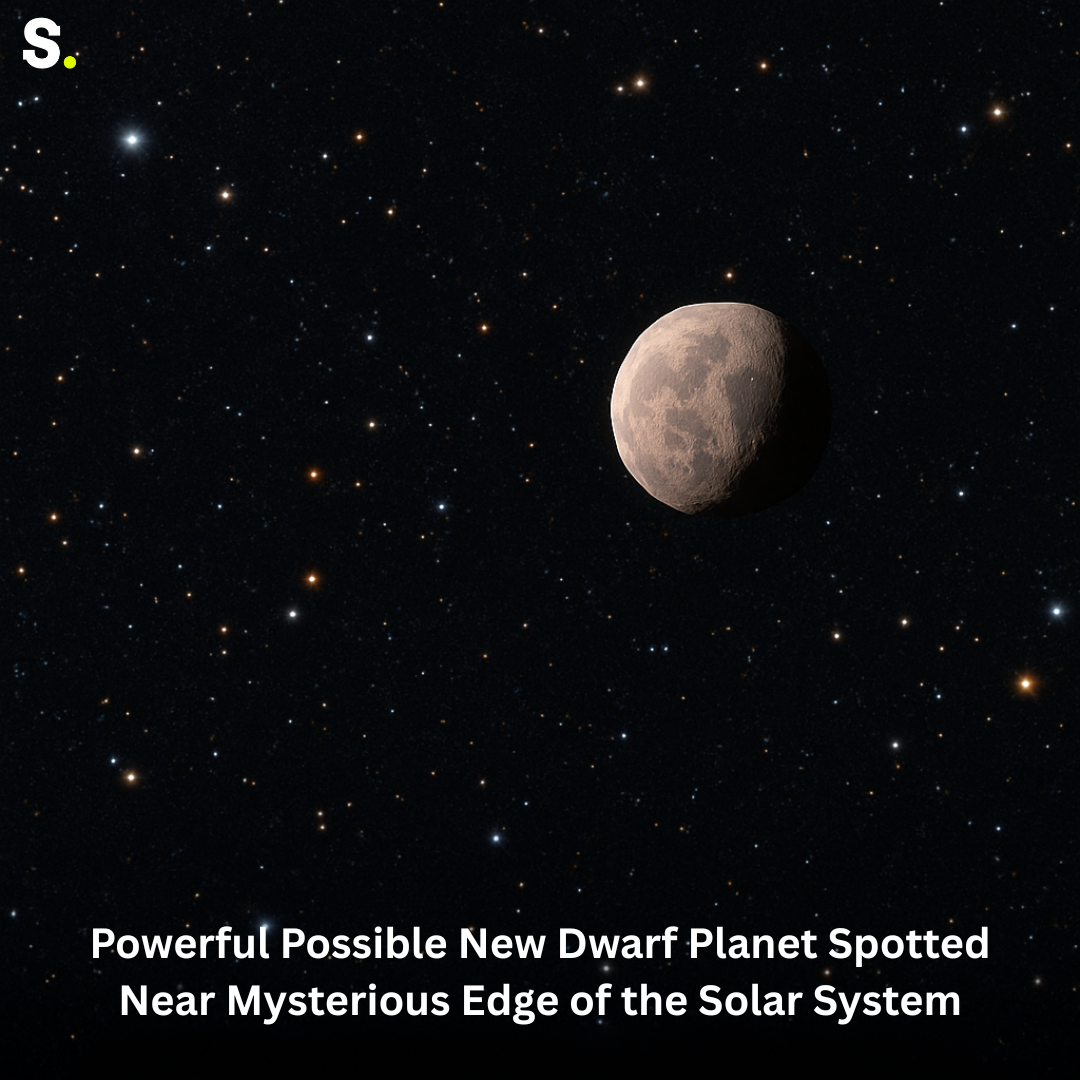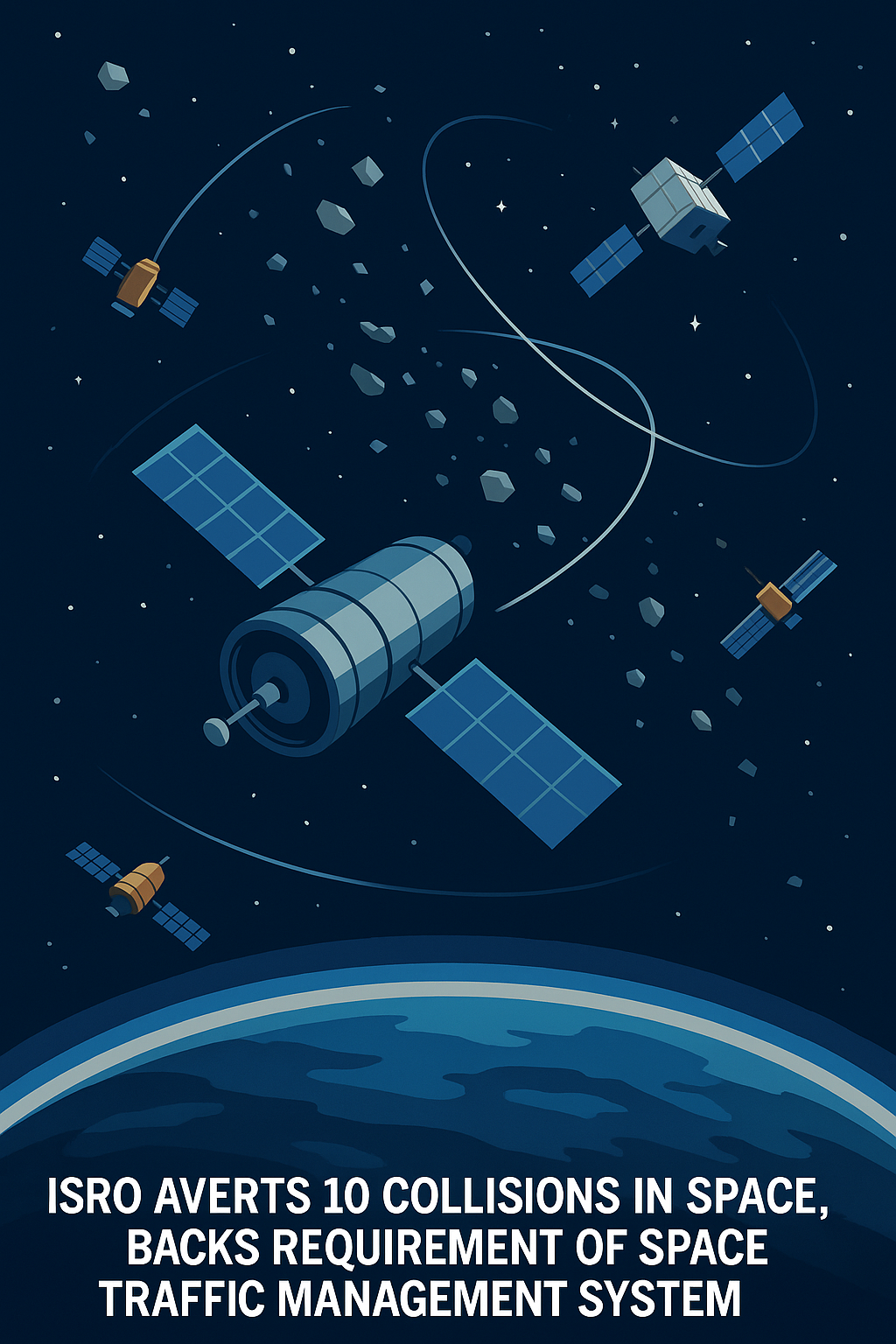Scientists have recently spotted a huge object far away in the cold outer reaches of our solar system. This 700-kilometer-wide object could be a new dwarf planet. It was discovered traveling a significantly more extensive orbit around the sun than the well-known planets like Neptune.
A Massive New Object Discovered Far Beyond Neptune
One of the furthest objects in our solar system is this recently discovered object, which has been given the name 2017 OF201. Its discovery shows that the area beyond Neptune, including a region called the Kuiper Belt, is not empty as once believed. The Kuiper Belt is a place filled with many icy bodies, and now 2017 OF201 adds to this family of distant objects.
2017 OF201 belongs to a class of objects known as trans-Neptunian objects. The orbits of these objects are further from the sun than those of Neptune. What makes this object special is how far and wide its orbit is. It takes about 25,000 years for 2017 OF201 to complete one trip around the sun, while Earth takes just one year. This long journey shows it travels extremely far from the sun, making it very difficult to study.
Size, Orbit, and Strange Movements
Scientists estimate that 2017 OF201 is slightly smaller than Ceres, the smallest known dwarf planet in our solar system, which is about 950 kilometers wide. With a width of about 2,377 kilometers, Pluto, the biggest dwarf planet, is significantly larger in comparison. This means 2017 OF201 is quite big but still much smaller than Earth. In fact, its mass is about 20,000 times less than Earth’s and about 50 times less than Pluto’s.
Russia Launches Trio of Satellites—Then a Strange Object Appears From Nowhere
This object is currently located at about 90.5 astronomical units (AU) from the sun. Since the distance between Earth and the sun is one astronomical unit, this object is 90.5 times farther away from the sun than Earth is. However, its orbit is extremely elongated; at times, it approaches 45 AU, while at other times, it exceeds 1,600 AU. Pluto’s orbit, for instance, varies from 30 to 49 AU.
Because of this large and unusual orbit, scientists believe 2017 OF201 might have been influenced by the gravity of a giant planet long ago. This gravitational push could have sent it on its current elongated path around the sun. Nobody is certain how this occurred, though.
The shape of 2017 OF201 is still unknown because it is too far away to get clear images with telescopes. Scientists also do not know what it is made of yet, but it likely has a similar icy composition to other distant objects in the Kuiper Belt.
What This Discovery Means for Our Solar System
The discovery of the possible dwarf planet 2017 OF201 was made by scientists using telescopes in Chile and Hawaii over a period of seven years. It was officially announced by the Minor Planet Center, an international group that tracks objects in space. The information was shared through an online research site but has not yet been checked by other scientists through peer review.
One interesting fact about this dwarf planet candidate is how its orbit is different from other known trans-Neptunian objects. Most of these objects tend to move in groups with similar paths around the sun. Some scientists had thought this grouping was caused by the gravity of a hidden giant planet, sometimes called Planet Nine or Planet X.
Starship in Flames: SpaceX Rocket Explodes Again, Elon Musk Pushes for More Risky Launch Plans
However, the dwarf planet 2017 OF201 moves on its own unusual path, separate from these groups. This makes scientists question the idea that there is a large ninth planet controlling these orbits. The object acts as an outlier, meaning it doesn’t fit with the current patterns seen in the outer solar system.
Because the object is so far away, scientists currently cannot see objects beyond about 150 AU clearly. Yet, finding this distant dwarf planet suggests that many more objects of similar size and orbit might exist, but they are too distant and faint to be detected with today’s technology.
The solar system is much bigger and more complex than once thought, and discoveries like 2017 OF201 help scientists learn more about its outer limits. This mysterious new dwarf planet reminds us that the edges of our solar system still hold many secrets waiting to be uncovered.




